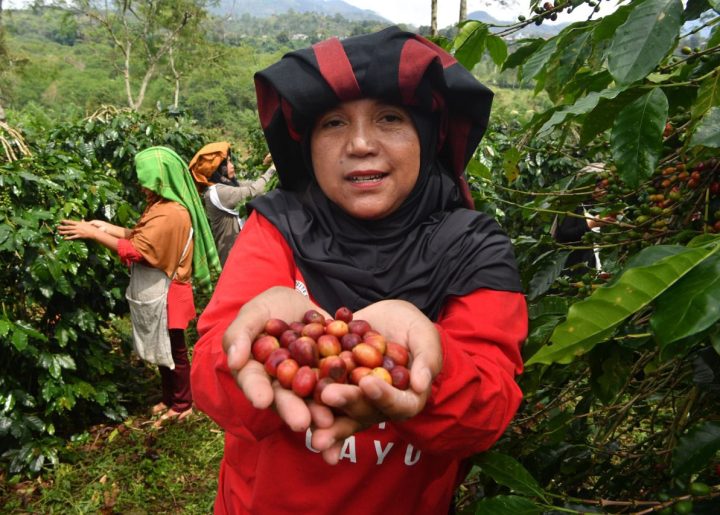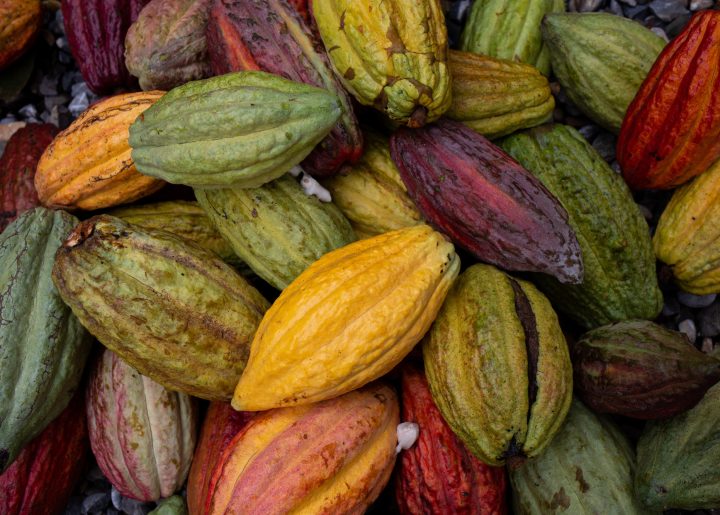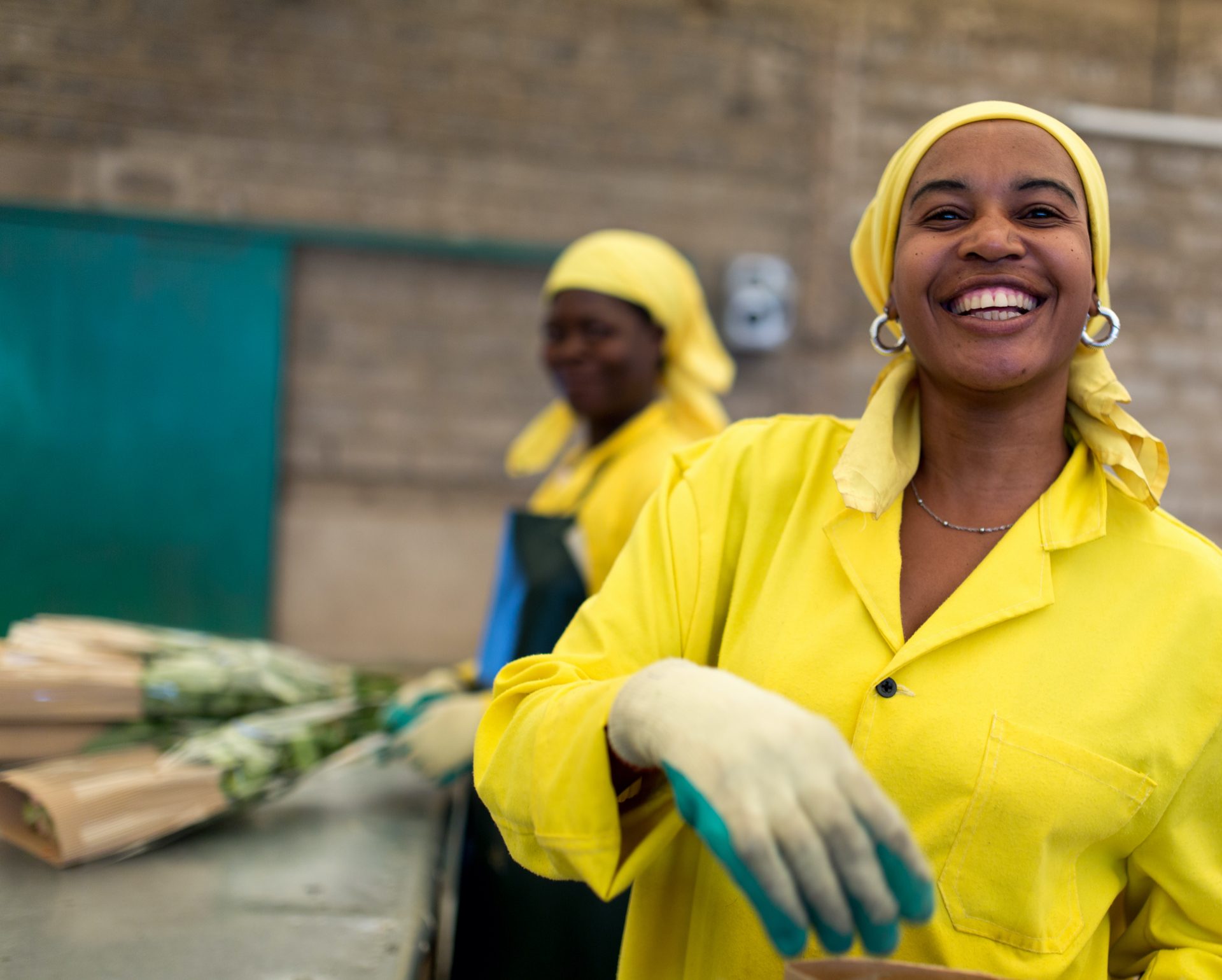Taking Time Out to Reflect on a Sustainable Future

Almost all of the Sustainable Development Goals’ 169 action points are somehow related to food and farming – so the SDGs can only be delivered if smallholder farmers and workers play a central role in planning and implementation.
This blog was written by Marike de Peña and first appeared in the Huffington Post on October 14, 2015. Marike is the Chair of Fairtrade International and is currently in Milan for World Fair Trade Week.
—
There can be few better things in life than enjoying a good, strong coffee in a sunny Italian pavement cafe. Italians will tell you they make the best coffee in the world – and who am I to argue with that – especially as small producers in the south are putting all their effort to produce this high quality product? None of your skinny lattes or mocha macchiatos here – no self-respecting Italian would contemplate anything other than a cappuccino for breakfast and a caffé (aka espresso) at any other time. Anything else is, well – just not coffee.
There’s something about Italy that makes me want to slow down. I’m determined to make the most of my few days in Milan, where people take their food and drink seriously. Not really surprising – just over the provincial border in Piedmont is the heart of the slow food movement. Slow food – which values taste, variety, locality and sustainability, is the very antithesis of the bland convenience foods, globalized homogeneity and multi-national industrial-scale agribusiness which dominates the diets of so many, especially in the developed world. Even Milan’s excessive world of haute couture is embracing a more sustainable approach, with some recent collections including recycled materials and organic cotton.
I’m in Milan for Expo 2015. It’s been running since May and an estimated 20 million visitors have come from all over the world. With the theme “Feeding the Planet, Energy for Life”, it’s a great place to reflect on how fair trade can play a significant role in achieving the newly-launched Sustainable Development Goals (SDGs). It’s also a brilliant opportunity to try different cuisines from all over the world – there are more than 70 restaurants serving up everything from zebra steaks (I think I’ll pass on that, thanks) to sushi ice cream. I’m in severe danger of forgetting that I’m actually here to work!
It’s less than a month since the SDGs – an ambitious set of 17 overarching global goals to combat poverty and achieve sustainable development – were rolled out. World leaders from the Pope to President Obama lined up at the UN in New York to give their support – and Fairtrade was also there to ensure the voices of the world’s 1.3 billion small scale farmers and agricultural workers were not forgotten. But now the really hard work begins – putting the SDGs into action. We’ve got 15 years to hit some pretty ambitious targets, so there’s no time to lose – which is why I’m here at the Milano Expo for the launch of Fairtrade’s blueprint for implementing the SDGs.
After all, it’s what we do. Think about it: the overarching SDG, Goal 1 (to end poverty in all its forms everywhere) is central to Fairtrade’s mission. All of our work stems from this overarching goal, as we seek to ensure that trade drives sustainable livelihoods for poor smallholders, producers and workers. As we pointed out in our speech to the UN earlier this year, there’s barely a single one of the 169 different action points that isn’t somehow related to food and farming. That means that the SDGs will only be delivered successfully if these smallholder farmers and workers play a central role in planning and implementation.
Of course, Fairtrade can’t implement the SDGs by itself. We’re one player – albeit a significant one – in a global movement for change, and it will take a seismic shift in attitudes and behavior from governments, businesses and consumers to bring about the kind of sustainable growth we need. But we’ve got 25 years of experience behind us and Fairtrade is the world’s most recognized ethical brand, so it’s a pretty good start. 1.5 million Fairtrade farmers, producers and workers are already being empowered by our work on sustainable agriculture (Goal 2), gender equality and empowering women (Goal 5), sustainable economic growth (Goal 8), sustainable consumption and production (Goal 12), combating climate change (Goal 13), democracy, justice and accountability (Goal 16) and global partnerships and governance (Goal 17).
Last month I wrote that the UN headquarters in New York was a long way from my home in the Dominican Republic and the home of many small farmers and workers in the south- not just in physical distance but in the striking inequalities in poverty, job and life prospects. Sitting here in Milan, the gap between the so-called developed and developing worlds, between the rich and the poor, seems as wide as ever. But I’m optimistic that the SDGs give us a real chance to narrow that gap.
I’d better get going. I’ve got to find my way through the huge Expo site – more than 1.7 million square meters housing exhibitions from 140 countries – to the Slow Food pavilion where the Fairtrade event is being held. I’ve been told to look out for performers dressed in banana suits who will be providing street entertainment – those Fairtrade bananas get everywhere! On the other hand – there’s always time for another coffee.
We’re in this together
Fairtrade America partners with brands on the journey to certification and beyond. We can help with everything from finding a certified supply chain to marketing your newly certified product.
Get in Touch





